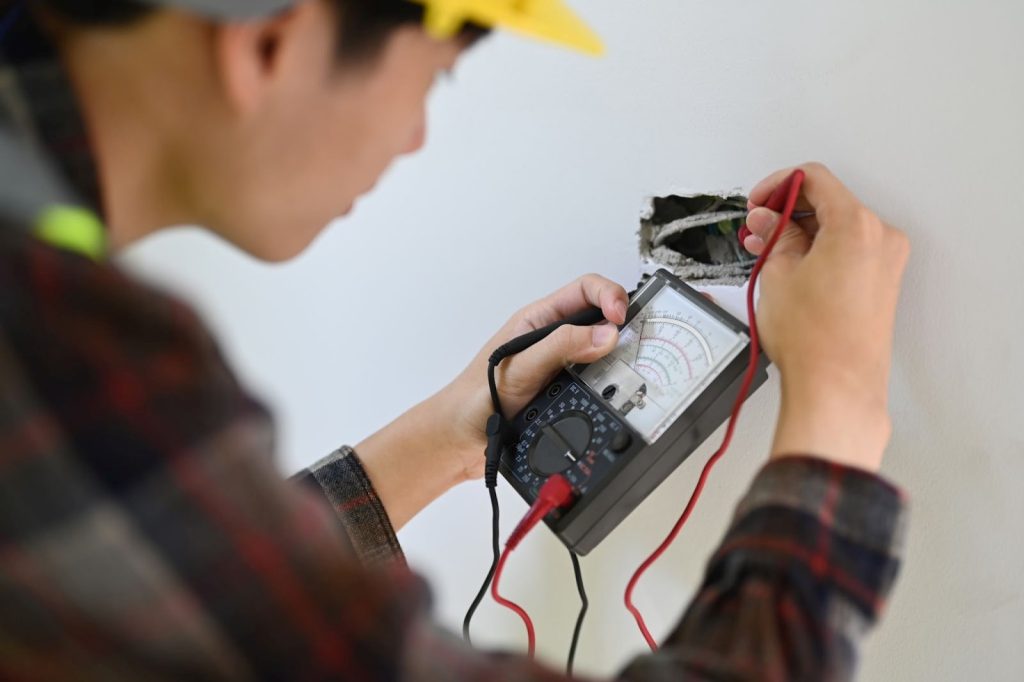Have you ever been told to run your taps or leave your shower on for a couple of minutes before using it when you go to an AirBnB or return home after a holiday? Long periods of overuse can lead to accumulation of bacteria in your water pipes. By letting your faucets and showers run for brief periods of time, you can flush these from your water supply.
One such bacteria is Legionella. This pathogen can be extremely dangerous, and in some cases, fatal. It is, therefore, important to know the steps you can take to minimise the chances of this dangerous pathogen developing in your water supply. In order to help you control the risks associated with Legionella, we created this guide which contains information on the nature of these bacteria, the ways in which it can spread, and how to eradicate it.
What is Legionella?
Legionella, also sometimes referred to as Legionella pneumophila, is a bacterium. The Legionella bacteria family is known to have 58 different species, but the one that affects humans the most is the L. pneumophila strain.
While Legionella is most frequently found in wild water sources such as lakes and rivers, it is also found in domestic cold and hot water systems. Through these, individuals get exposed to the bacterium, which can then develop into Legionnaires’ disease, a potentially fatal form of pneumonia.
What is the effect of temperature on Legionella growth?
Like most bacteria, Legionella thrives when the conditions are right. Water temperature, in particular, can play a key role in the bacterium’s proliferation. If there is Legionella in your water systems, different temperatures will affect it differently. The ideal conditions for this form of bacterial growth can be found in lukewarm or tepid water.
In this temperature, the pathogen will thrive and rapidly proliferate, thereby causing serious problems. However, in very high temperatures, Legionella will begin to die as it cannot survive in hot water. On the other hand, when the water is under 20 degrees, the bacteria become dormant, meaning it is no longer growing, but is still present in your hot water lines.
Where can Legionella grow or spread?
Legionella can develop in any freshwater source. This means that the bacteria are usually found in lakes and rivers. However, contaminated water can also find its way into domestic building water systems. This is particularly dangerous as far as people are concerned, as the presence of the bacteria is more concentrated.
Legionella is also more likely to be present in stagnant water. Unfortunately, many systems responsible for delivering water supplies are poorly built with dead ends. This leads to the accumulation of stagnant water, thereby increasing the likelihood of Legionella developing.
Below is a list of factors that can increase the likelihood of Legionella growing in hot and cold water systems:
- Construction
- Water main breaks
- Changes in water quality
- Biofilm
- Scale and sediment
- Water temperature changes
- pH changes
- Poor disinfectant routine
- Changes in water pressure
- Water stagnation
Legionella risk assessment services
Can Legionella grow in cold water?
Legionella cannot grow in cold water. However, if it is already present in water that has become too cold for it to proliferate, it won’t die. Rather, it will become dormant. When the temperature of the water increases again, it will become active again and begin to grow and spread.
That is why temperature control is so important, especially if you suspect that your water is contaminated or at risk. The best thing to do is increase your water temperature to kill the bacteria.
What temperature does Legionella grow in?
The optimal growth temperature for Legionella is anywhere between 20 degrees and 45 degrees Celsius. This temperature range provides the bacteria with the perfect conditions and ample nutrients in order to thrive.
3 factors that lead to Legionella growth
Construction
Most people wrongly assume that the risk of Legionnaires’ disease is higher in buildings that have poor water systems. This is not true. New buildings that are undergoing construction are especially susceptible to Legionella proliferation, due to the debris and dirt that is prone to entering the water systems during building work. Moreover, because construction disrupts water systems, it causes water to become stagnant for prolonged periods of time, which is a leading factor in the development of Legionella.
Water quality
Water quality affects the development of Legionella. If the quality of a water supply is bad, it suggests that something has gotten into it, such as rust, limescale, or algae, which are all sources of nutrients for the bacterium. In addition, poor water quality undergoes fewer water treatment cycles, meaning it is not filtered or cleaned as regularly, thereby providing opportunities for Legionella to grow.
pH levels
pH levels can have a significant effect on Legionella growth. Just as with the temperature, high pH levels are deadly to the bacterium. This is because any pH level over 7 is an alkaline environment, which bacteria such as Legionella do not like.
What temperature kills Legionella bacteria?
Legionella bacteria are killed by water that is over 60 degrees celsius. Although this temperature kills Legionella completely, the process of destruction begins at anything over 50 degrees. When the temperature moves away from the optimal range, the bacterium will struggle to gain the nutrients it needs, and begin to slowly die.
Legionella risk assessment services
If you are a landlord, a business owner in charge of a commercial building, or a homeowner worried about the possible presence of Legionella in your water system, it is essential that you book a Legionella risk assessment. Legionella Risk and PAT offers comprehensive Legionella risk assessments in order to detect the possible presence of these bacteria in your water, and provide you with treatment solutions and prevention techniques.
Our assessments involve:
- Checking all water sources, such as water outlets, water heaters and pipe work in your property
- Assessing who is at risk from these dangers
- Water temperature checks
- Identifying if there is any Legionella bacteria in the water system
- Setting up the necessary safety measures to control and minimise the threat of Legionella bacteria spreading across your property.
- Documenting the evidence gathered, while doing the assessment and presenting you with your Legionella Risk Assessment Report on the same day


